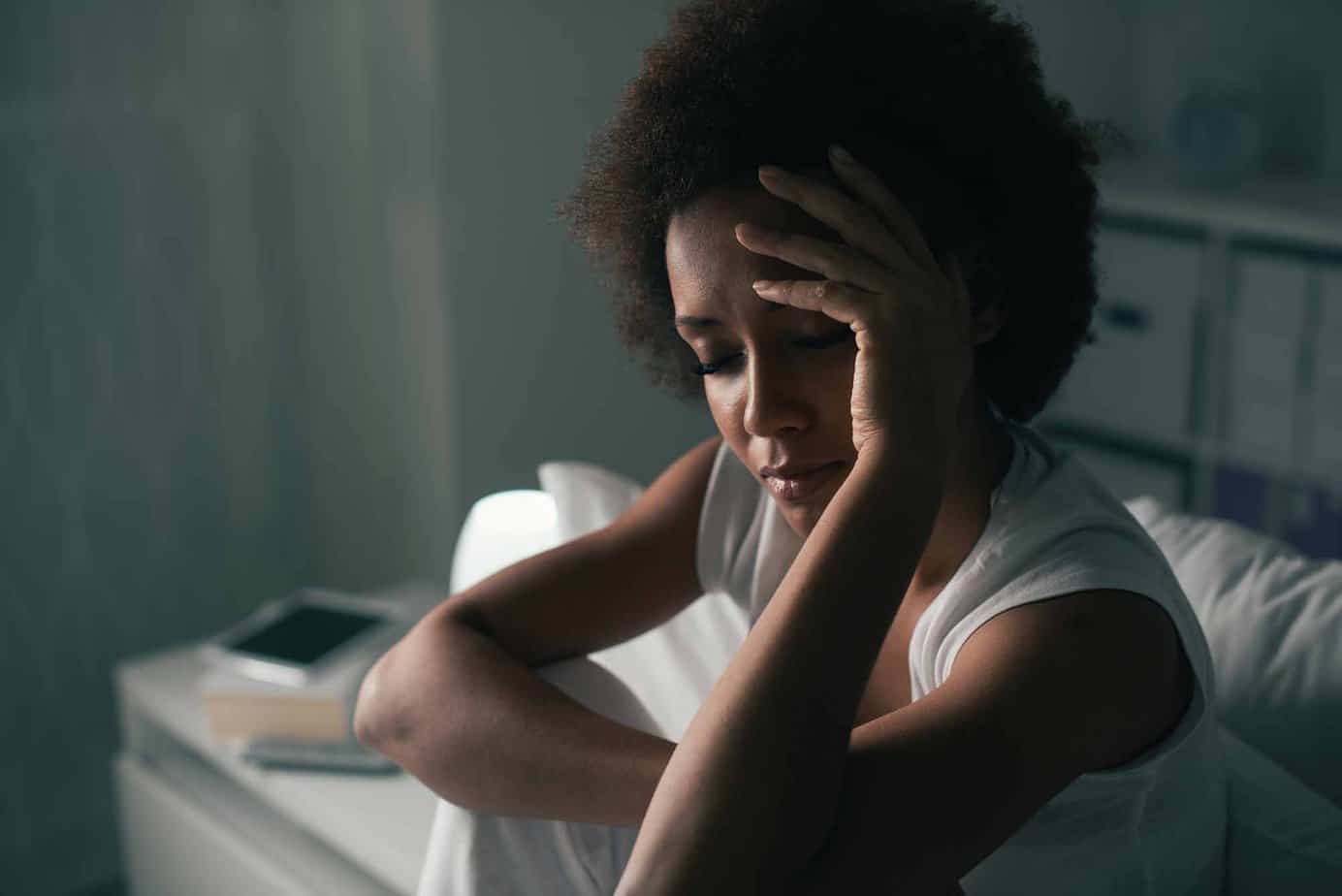Overcoming an addiction takes more than just setting one’s mind to it and having the desire to do so. Individuals who are battling painkiller addiction are trying to overcome a chronic disease that has affected their brain and left them dependent upon their drug of choice. Once they understand the process that their bodies need to go through in order to become healthy again, there are safe ways —with the help of professionals — for them to break free from addiction and regain control over their lives.
The Cycle of Withdrawal
Addiction to painkillers ravages an individual’s body so much that it alters the circuits that are responsible for reward and mood behaviors as well as causes damage to other systems in the body. As a result of this, abruptly stopping the painkiller of choice will lead to severe withdrawal symptoms. Such symptoms include:
- Diarrhea
- Abdominal Pain
- Chills
- Mood swings
- Depression
- Body aches
Although the symptoms aren’t life-threatening, they can be agonizing and intolerable. The length of the symptoms vary according to how long an individual has misused and how much they have been taking. Symptoms can persist for weeks. The experience of going through withdrawal without professional assistance more often than not leads to the individual succumbing to their addiction and to resort back to misusing drugs.
Methods for Detoxing
Because withdrawal from painkillers is difficult for an individual to endure, medications often are used during detox at treatment centers to help ease the person out of dependency gradually and reduce or prevent withdrawal symptoms.
Methadone is an opioid drug that is used to help an individual overcome their addiction as it activates the same receptors in the brain from their painkillers and eliminates withdrawal symptoms. With the right dosage, methadone will also alleviate the drug cravings without providing the individual with the euphoric feeling that they experienced when misusing drugs. Through proper administration in specialized clinics, the dose of methadone can be tapered off to allow the individual to gradually become free of dependency.
Buprenorphine is an opioid partial agonist, which means that it partially binds to the opioid receptor, so that it blocks the effects of other opiate drugs, suppresses opiate withdrawal symptoms, decreases cravings for other opiates, and helps individuals stay in treatment and regain functioning in other areas of their lives.
Suboxone is a form of buprenorphine combined with naloxone (a drug that is used to reverse opioid overdoses). The naloxone is present to discourage misuse of buprenorphine by injection.
Benzodiazepines are a class of psychoactive drugs that are often used to alleviate symptoms of alcohol withdrawal. The drug slows down the central nervous system to provide a calming effect and help relieve anxiety and depression often associated with alcohol detox. They can also help reduce the possibility of a client having a seizure during the detoxification process.
Barbiturates are mild sedatives used to help relieve anxiety, irritability, and discomfort that are common during the detoxification process. It can also reduce a client’s risk for seizures.
Detoxing at a Center
It is important to know that for any individual battling a painkiller addiction the first step towards starting a full recovery is to seek professional help from a drug detox program at a treatment center. There, the individual will be treated by a medical professional who will be available 24hrs a day in case any problems should arise.
When an individual enters a detox program at a substance abuse treatment facility, they will be given comprehensive assessments and physical exams, so that knowledgeable staff can tailor a treatment process that is right for them.
After they begin the treatment process, medical staff will make sure the client stays healthy by providing them with clinical support and around-the-clock monitoring of their vitals. During this time, treatment centers also offer activities and counseling sessions to help individuals to not focus on any of the mental or physical discomforts they may be experiencing. Centers with holistic offerings also provide individuals with natural ways to relieve pain like through acupuncture to ease any additional withdrawal symptoms.
Although addiction is a chronic disease, it can be managed. Through properly administered detox treatment, an individual struggling with addiction can regain the physical and mental health they need to move forward in recovery.
If you or a loved one is struggling with addiction, Mountainside can help.
Click here or call (888) 833-4676 to speak with one of our addiction treatment experts.

 By
By 






